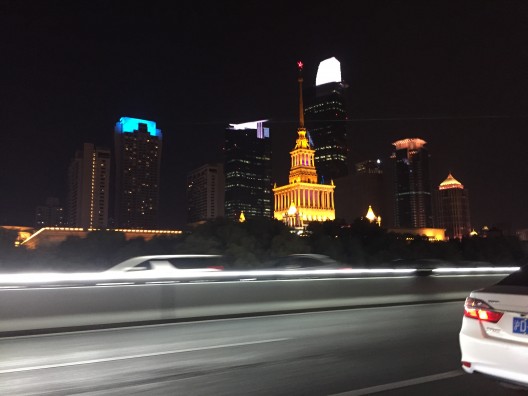by Chris Moore
The China art market faces its most difficult period since 2008. With the developing US-China trade war, increasing skepticism towards corporate China’s debt (particularly banks), growing uncertainty from political unrest in Hong Kong, and a weakening global economy, not least in Germany, the economic “motor of Europe”, and the continuing UK Brexit clown show, are all putting pressure on the Renminbi and Chinese economic growth. Along with further tightening of already restrictive currency controls, the local art market is enduring its most challenging period in over a decade. People swimming in the contemporary market will feel it most acutely. Whether the market will be hit by a sudden earthquake like in 2008 or a slowly-building Tsunami remains uncertain. Unlike Western markets, China still does not have a large number of professional galleries and long-sighted collectors prepared to back existing talent in times of famine, let alone networks of public museums to support art production. The are market is far more mature than 2008 though and galleries are certainly more battle-hardened.

When will the Art Fair canaries stop singing?
With all this in mind, in the coming months investor eyes will be on the leading art fairs taking place internationally and in China, although how revealing they will be is questionable. The fair companies and exhibitors committed months ago and the galleries are already working hard to set up sales. Meanwhile auction sales of blue-chip artworks will probably continue to be healthy as investors seek safe havens for cash, including in art. A similar effect will be seen in China with collectors who have reliable lines of international credit who want to buy blue-chip international works and those buying blue-chip local works. Mainly it will be the same collectors. The more telling figures will be how many galleries commit to art fairs in the new year, including Art Basel Hong Kong and Taipei Dangdai. Of course by then Asia’s main art fair may have been renamed Art Basel South Shenzhen.
Take another look
Current economic uncertainty and Hong Kong will likely deter international collectors this time. It should not. International appreciation of the local Chinese art market remains profoundly undeveloped. With the exception of a relatively small group of committed people, most international collectors (and galleries) continue to be largely ignorant of the local scene, relying on recognition of a handful of names, such as the one-man PR machine. The result is one of the most idiosyncratic aspects of the Chinese art market: a disconnect between local and international artists. New York, London or Berlin may look upon an artist such as Yu Hong (b.1966) as overpriced simply because of a lack of familiarity. In truth, this disjunction between the local and international market is probably only depressing Ms Yu’s prices. As far as broadly similar works are comparable among artists (e.g. medium, size, age, reputation), with some exceptions among emerging artists, Chinese artists are still undervalued.

The picture is further confused however by some artists probably being overpriced, whether because of the sheer luck of their gallery representation, facility with English, how easily their art accords with current Western preconceptions of art (abstract wallpaper or multimedia burp), and how good the artist is at playing the art game. But this problem is hardly germane to China. At the end of the day, there are still lots of promising emerging and particularly mid-career and late-career artists who have consistently produced work of profound quality, but who are still largely or even completely unknown in the West. That’s definitely a shame but a depressed market provides excellent grounds for collectors to finally pay more attention and start discovering the true breadth of the China art scene.
Time will tell whether wisdom and curiosity triumph over ignorance and nervousness. It will be very interesting to compare pre-Brexit frieze in London and fiac and Asia Now in Paris, and then in November West Bund and ART021 in Shanghai and finally in early December Art Basel Miami Beach.
Then again, by December the whole world may have gone to Hell in a hand-basket.
* Chris Moore was publisher of Ran Dian from 2010-2018. He is a partner of NRM., a curatorial consultancy.